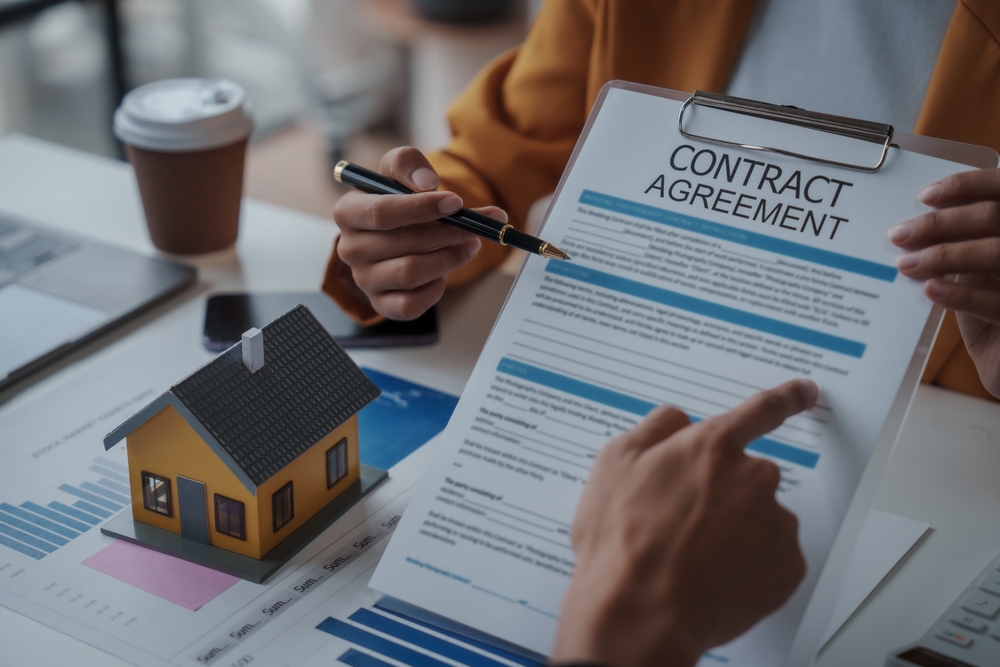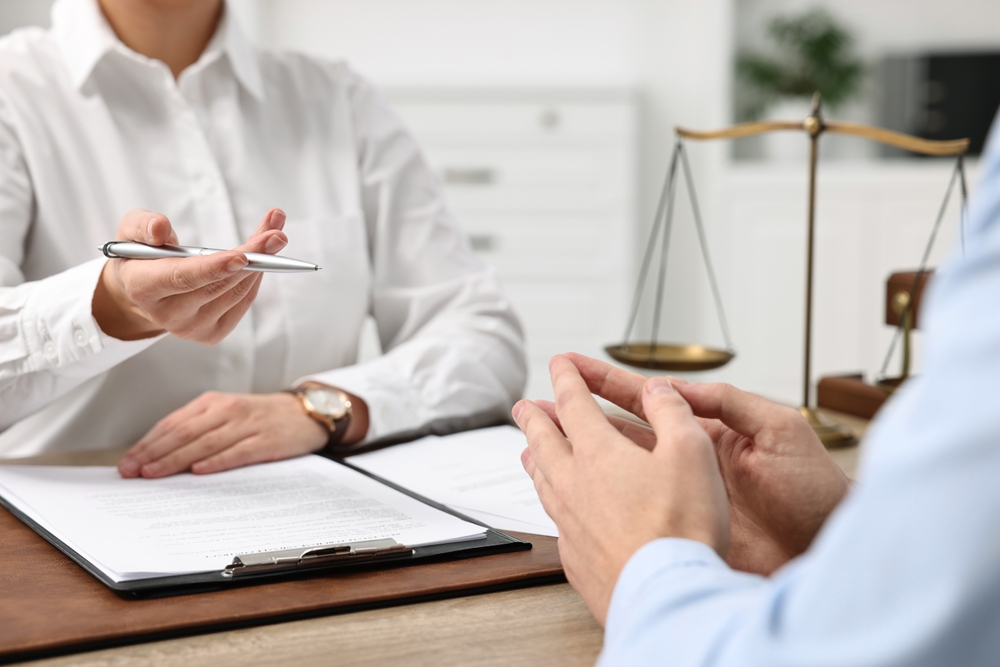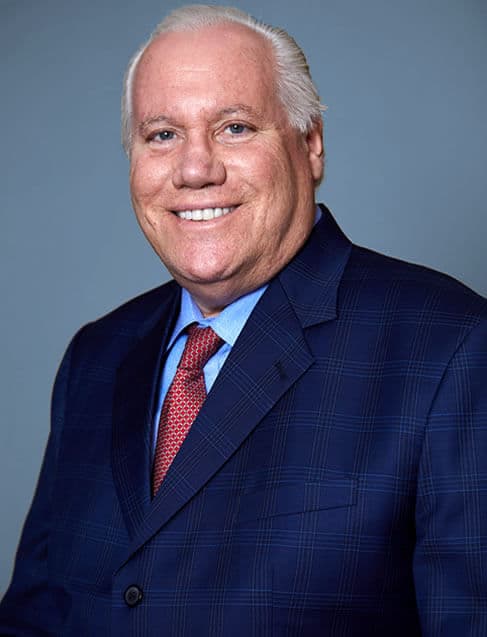An accident happens on someone else’s property. Maybe it was a hard fall in a poorly lit stairwell or an injury on a chaotic work site. Soon after, you get a call from an insurance adjuster.
They are polite, professional, and represent the business where you were hurt. They mention the company’s insurance policy, a shield designed to handle these exact situations. This is your introduction to a Commercial General Liability (CGL) policy.
For a person injured due to a business's negligence, the most pressing question is what does commercial general liability cover in terms of your medical bills, lost wages, and profound personal losses? This policy is not just a shield for the business; it is the primary financial resource available to make you whole again after an accident. Contact a Staten Island personal injury lawyer at Queller Fisher today!
Schedule a Free Case Evaluation
First Actions to Take at Home After an Injury on Commercial Property
After you return from the doctor or hospital, your life is focused on managing pain and adjusting to new limitations. The steps you take in these early days and weeks are critical.
They not only support your physical recovery but also create the foundation for a successful injury claim against a business’s insurance policy.

- Follow all medical recommendations: Adherence to your doctor's treatment plan is the most important thing for your health. It also conveys to any insurance company that you are taking your recovery seriously. This means attending all follow-up appointments, going to every physical therapy session, and using any prescribed medical equipment.
- Maintain a detailed daily log: Your memory will fade, but a written record is lasting proof. Document your daily life after the injury.
- Describe your pain levels, where the pain is located, and what it feels like (e.g., sharp, aching, radiating).
- List specific daily tasks that you find difficult or impossible, from cooking a meal to driving your car.
- Note how the injury affects your sleep and your emotional state.
- Record any canceled plans or activities you can no longer enjoy.
- Organize every piece of paperwork: Designate a single folder or box for all documents related to the incident and your recovery. This organization ensures no expense is overlooked.
- Keep all medical bills and explanation of benefits (EOB) statements.
- Save receipts for medications, co-pays, and medical supplies.
- File away any letters or emails you receive from the business or its insurance representative.
- Track your mileage and parking costs for trips to medical appointments.
Preserve key physical evidence:
- Take clear photographs of your injuries as they heal.
- Do not throw away the shoes or clothing you were wearing during the incident.
- If any personal property was damaged, like a phone or watch, do not repair or discard it.
- Decline to give a recorded statement: The adjuster for the business’s CGL policy will ask to record a conversation with you. You are not required to agree to this. Their goal is to get you to say something that could be used to minimize your claim or shift blame to you. Politely decline their request.
The Scope of Commercial General Liability Insurance Coverage
Commercial General Liability insurance is a policy that nearly every business, from a local restaurant to a massive construction company, carries. It is designed to protect the business’s assets if their operations, premises, or products cause bodily injury or property damage to a third party.
This policy is the primary source of financial recovery for someone hurt by a company's actions or inaction. A standard CGL policy provides several types of coverage, but the one that matters most to an injured person is for bodily injury.
- Bodily injury liability: This is the core of your claim. It covers the financial cost of physical harm, sickness, or death caused by the business. This is the portion of the policy that pays for your medical bills, lost income, and pain.
- Property damage liability: This part of the policy covers damage to or loss of use of someone else’s tangible property. For example, if a contractor working on a building drops a tool and shatters a car’s windshield below, this coverage would pay for the repair.
- Personal and advertising injury: This is a more specialized coverage that protects against non-physical injuries, such as claims of slander, libel, copyright infringement, or wrongful eviction.
How a General Liability Policy Pays for Your Injuries
When you are injured, the "bodily injury" portion of a CGL policy is what funds your settlement or court award. A strong legal claim breaks down your losses into two distinct categories: economic damages, which have a clear dollar value, and non-economic damages, which compensate for the human cost of the injury.
Calculating your economic damages under a CGL policy
These are the tangible, verifiable financial losses that result from your injury. A comprehensive claim must account for every expense you have already paid and all the costs you will face in the future.
Medical treatment costs (past and future): This is the cornerstone of the economic claim and often the largest component.

- All hospital bills and surgical fees.
- Costs for diagnostic tests like MRIs and CT scans.
- Physical therapy and rehabilitation expenses.
- The projected cost of any future surgeries or long-term care.
- Pain management procedures, such as injections.
- Ambulance transportation and prescription medications.
Lost wages and loss of earning capacity: Your injury may prevent you from working, either temporarily or permanently.
- Lost wages: The direct income you lost from being unable to work during your recovery.
- Loss of earning capacity: If your injury forces you into a lower-paying job or prevents you from working, you are entitled to compensation for that lost future income.
Other associated expenses:
- The cost of assistive devices like crutches, wheelchairs, or braces.
- Hiring help for tasks you can no longer manage, such as cleaning or childcare.
- Vocational rehabilitation if you require retraining for a new profession.
Compensation for Non-Economic Harms from Business Negligence
Non-economic damages address the profound, personal ways an injury has changed your life. These losses do not come with a receipt, but they are just as real and deserve compensation.
- Pain and suffering: This compensates you for the physical pain and emotional distress you have endured and will continue to endure.
- Loss of enjoyment of life: An injury can take away your ability to participate in hobbies, sports, and social activities. This damage category provides compensation for that loss.
- Permanent disability or disfigurement: This accounts for the lifelong consequences of a permanent limitation or the emotional toll of scarring and other visible injuries.
- Loss of consortium: In New York, the uninjured spouse may have a claim for the loss of companionship, services, and intimacy that resulted from their partner's injury.
Common Accidents That Trigger Commercial Liability Coverage
A CGL policy comes into play in many different personal injury scenarios. The type of incident determines how the claim is built and who is held accountable.
Injuries from falls on dangerous commercial property
Business owners have a legal obligation to keep their property reasonably safe for customers, clients, and other visitors. When they fail to fix or warn of a hazard, their CGL policy can be held accountable for the resulting harm.
- A customer slips and falls on a spilled liquid that was not cleaned up in a grocery store aisle.
- A tenant trips on a torn carpet in the hallway of their apartment building.
- A diner falls down a set of stairs with a broken handrail at a restaurant.
- A visitor to an office park slips on an untreated patch of ice on the walkway.
Harm caused by unsafe work site conditions
Construction sites are inherently dangerous, and New York Law imposes strict liability on general contractors and property owners to protect workers. The CGL policies held by these entities are a critical source of recovery for many types of construction-related accidents.
How an Unsafe Work Site's Liability Policy Responds
While an employee typically cannot sue their own employer directly, they can file a third-party lawsuit against another negligent entity on site, such as the property owner or general contractor. That entity's CGL policy would be the source of payment.
- A worker on a scaffold is struck by a tool dropped by an employee of a different subcontractor.
- A ladder provided by the general contractor is defective and collapses, causing a worker to fall.
- A delivery driver who is not an employee of the construction company trips over debris left in a walkway.
- A pedestrian walking by a work site is injured by materials falling from the building.
Injuries Resulting from Defective Products

A company that manufactures, distributes, or sells a dangerous or defective product can be held liable for the injuries it causes. The company's CGL policy typically includes "products-completed operations" coverage for these exact situations.
- A defective power tool malfunctions and causes a serious hand injury.
- A piece of furniture is designed poorly, causing it to collapse and injure the user.
- A contaminated food product sold at a supermarket leads to a severe case of food poisoning.
Frequently Asked Questions About CGL Insurance Claims
What is the difference between a CGL claim and a workers' compensation claim?
Workers' compensation is a no-fault system that provides defined benefits (medical care and a portion of lost wages) to employees injured on the job. A CGL claim is a type of personal injury lawsuit filed against a negligent third party, such as a different company on a work site or a business where you were a customer. A CGL claim allows you to recover 100% of your lost wages and compensation for pain and suffering, which workers' comp does not provide.
What if the business’s insurance adjuster says the accident was my fault?
This is a common tactic. New York follows a "pure comparative negligence" rule. This means you can still recover damages even if you were partially at fault. Your total compensation award is simply reduced by whatever percentage of fault is assigned to you. Do not let an adjuster’s accusation stop you from pursuing your claim.
How much coverage does a standard CGL policy have?
It varies widely. A small local business might carry a policy with a $1 million limit. A large corporation or major construction contractor will often have policies with much higher limits, plus additional "excess" or "umbrella" policies that provide tens of millions of dollars in coverage. Part of a legal investigation is to identify all available insurance policies and their limits.
Will my case have to go to court?
The vast majority of personal injury claims are settled out of court. A settlement is a negotiated agreement between your attorney and the business's CGL insurance carrier. However, preparing every case as if it will go to trial is what provides the leverage needed to secure a full and fair settlement offer.
Turning a Policy into Your Protection
A Commercial General Liability policy is just a piece of paper until it is forced to respond. For the business that holds it, it is a financial tool. For you, the injured person, it is the means to secure justice and the resources needed to rebuild your life.
Making an insurance company pay what your claim is truly worth requires skill, preparation, and an unwavering focus on your well-being. For over 60 years, the attorneys at Queller Fisher have focused on one thing: fighting for catastrophically injured individuals and their families.
We have taken on the nation's largest insurance companies for clients in Brooklyn, Queens, the Bronx, Manhattan, and the surrounding New York counties. We understand their tactics and how to build a case that cannot be ignored.
Contact Us for a No-Cost Consultation
- New York City Office:
The Woolworth Building, 233 Broadway, 18th Floor, New York, NY 10279
Phone: 212-406-1700 - White Plains Office:
2 Westchester Park Drive, Suite 205, White Plains, NY 10604
Phone: 718-892-0400